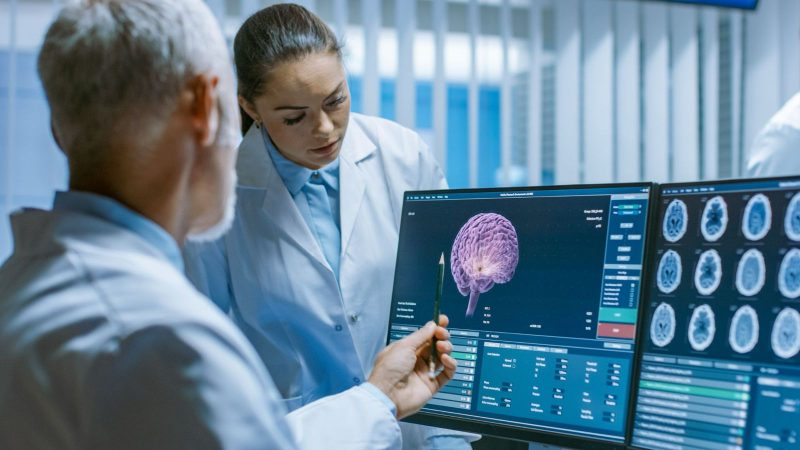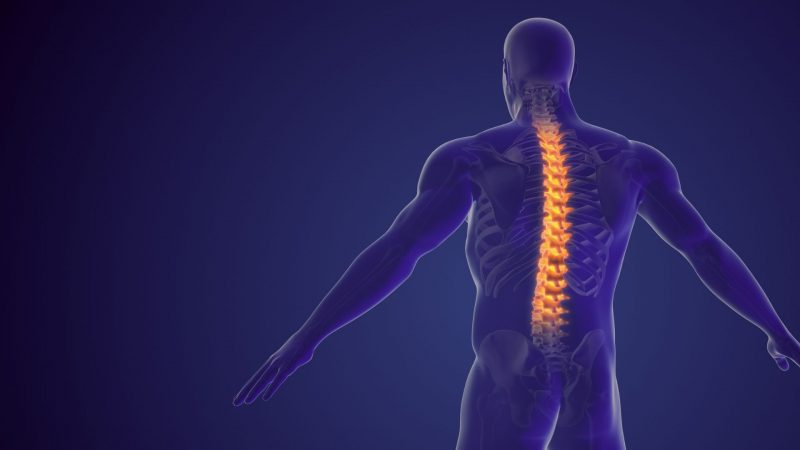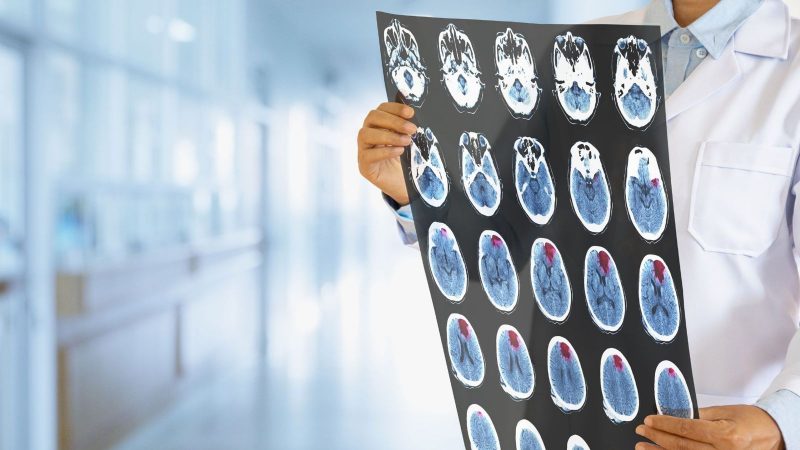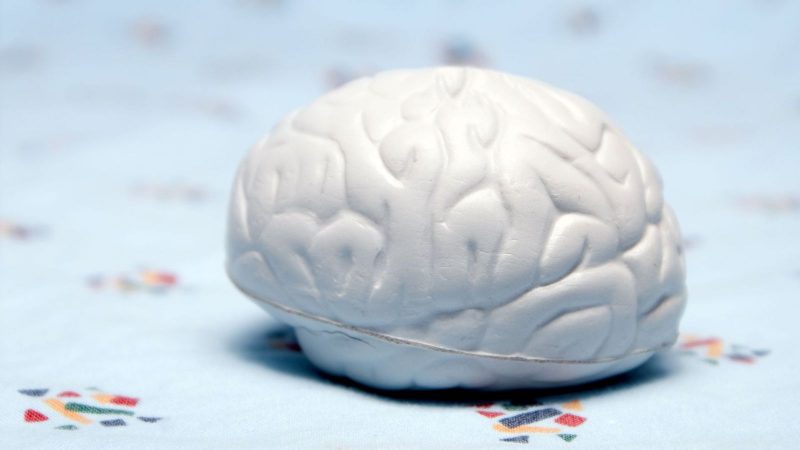Step-by-Step Guide to Survive Spinal Injury & Trauma

Spinal cord injury (SCI) is a debilitating and one of the most atrocious neurological conditions which tremendously impacts a person’s life, both socio-economically as well as physically. While the most obvious consequence of spinal cord injury is paralysis, there are other wider consequences as well, such as those related to the bladder, bowel, respiratory, cardiovascular and sexual functions. Though complete recovery is never attainable in the case of complete or incomplete spinal cord injury, recovery to a great extent is possible with appropriate care and procedures initiating from the time of the injury itself. However, the extent of recovery depends upon the severity or nature of the injury.
Sometimes along with primary conditions, other conditions such as pressure sores and blood clots, pressure ulcers, muscle spasm, urinary tract infection, respiratory infections etc. too develop which need long-term care and management.
Approximately 17000 people suffer from spinal cord injury each year. About 50% of these patients are between the age group of 16-30 as accidents & falls during traffic collision or adventurous activities are the primary cause of the injury. Recovery in most of the incomplete injury cases is attainable with regular attention & care. However, this process is time-consuming & long-term.
Spinal Cord Injury (SCI) treatment & recovery usually takes place in two stages:
First stage/ Initial stage:
The treatment and diagnosis of the spinal cord injury works simultaneously and begins from the spot of the accident itself. The paramedics, after stabilizing the patient, immobilize the entire spine area with the help of neck collars on any suspicion of spine injury.
Then, the patient is admitted to the intensive care unit (ICU) where various tests and examinations are done to find the exact nature and site of the injury.
In most of the cases, traction is done to align the spine accompanied by various other standard care procedures such as blood pressure and cardiovascular monitoring, stabilizing pulmonary function and preventing and simultaneously treating any other complications arising from the situation. On diagnosing the extent or severity of the injury, the neurologists decide whether to perform the surgery or not. For this, doctors use ASIA spine impairment grading system:
Grade A: Complete SCI i.e. no motor or sensory functions
Grade B: Incomplete SCI i.e. sensory but no motor functions
Grade C: Incomplete motor functions below the neurological level (less than 3)
Grade D: Incomplete motor functions is preserved below the neurological level (muscle grade of 3 or more)
Grade E: Normal, all sensory and motor functions are normal or functioning
On identifying the severity of the grade of injury, different treatment plans are suggested or advised. Though surgeries do not fully cure the patient, they minimize the danger of future complications and pain. Surgeries are mostly done in cases of detection of any blood clots, herniated discs or other concussions which may be compressing the spine. It is mostly done in cases of incomplete SCIs.
Second Stage:
- This stage focuses on rehabilitation which usually starts after all the surgical and operational treatments are done. It mainly includes physical and occupational therapy which might include counselling at some stages.
- Under this, the person is admitted in rehabilitation and subjected to about 3 hours of rehabilitant sessions per day.
- It also includes regular check-ups and follow-ups with doctors for monitoring secondary complications like pressure ulcers, muscle spasm, urinary tract infection, chronic pain, deep vein thrombosis, respiratory infections and autonomic dysreflexia etc. which might arise after surgery or treatments.
- During the rehabilitation program, the patient is made to do various kinds of physical activities like positioning, stretching, manual stretching, weight bearing, splinting, serial casting, vibration therapy, mobility exercises and mental activities. Slight recovery including bodily functions and movements are often seen after 18 months of the program.
- Wheel chair training is given to individuals to encourage their active participation in the society by conducting activities which will help to overcome the barriers of the environment. Key wheel chair skills include:
i) Wheelchair handling
ii) Pushing forward and backwards
iii) Turning
iv) Negotiating slopes
v) Wheel stand
vi) Curb steps and escalators
vii) Uneven ground
viii) Transfers
ix) Pressure relief techniques - Walking dysfunction is most common in patients with incomplete spinal cord injury, therefore gait training is given to enable the individual to cross roads and step on and off a walking pathway in time.
- By managing upper limb, optimal level of upper limb functioning can be attained even in cases with complete spinal cord injury.
- Various kinds of strength and cardiovascular training with respiratory and pain management exercises are done for qualitative recovery.
- Now-a-days, with the advancement in technology, robotic aid is being incorporated into rehabilitation treatments and therapies, thus allowing therapists to specify and monitor movement features such as speed, direction, amplitude and joint coordination patterns. Robotic devices provide safe, intensive and task-oriented rehabilitation which allows precise and controlled assistance during movements, quality performance of subject and thus, increase training motivation through the use of interactive artificial intelligence.
- In 15% cases, paralyses in both the upper and lower body is seen due to the injury which might result in mental health issues. Therefore, emotional therapies and psychotherapies are included in the rehabilitation program to help patients with various mental health issues like depression, anxiety, etc.
- Due to the complications of the injury, rehabilitation and care giving usually continue for many years.
Along with rehabilitation, various kinds of support systems are required to encourage the patient. Therefore, regular love and support from doctors, therapists, and family members can help reduce feelings of isolation and provide emotional support. Some people with conditions like quadriplegia or paraplegia may require a care-giver who also helps them with daily tasks such as washing and dressing, etc.
This step-by-step approach should be taken for early spinal stability and mobilization so that the patient can recover and be rehabilitated to the prior daily routine and basic activities.
Dr. Puneet Malik is the best neurologist and spine specialist in Delhi NCR. Meet him and get the best answers to all your questions including the best treatment for your spine.




